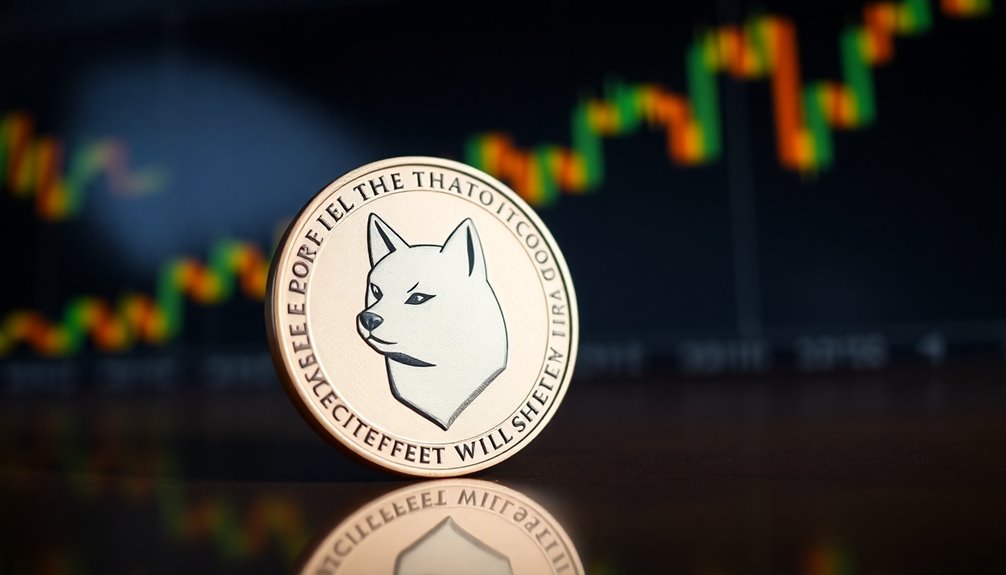Elon Musk's father is shaking up the science funding world with a new meme coin. This cryptocurrency aims to provide researchers with an alternative to traditional funding sources like the NIH. Imagine a community of investors rallying behind high-risk scientific projects, driven by the viral nature of meme culture. It raises questions about the future of research funding and how this approach could change the landscape for scientists. What might this mean for innovation?

As traditional funding models struggle to keep pace with rising research costs and competitive grant success rates, innovative science funding is emerging as a vital alternative for researchers. Many of you may already know that the National Institutes of Health (NIH) provides a significant chunk of funding for biomedical research, with almost $32 billion annually. Yet, with an R01 grant success rate hovering around 20%, you realize just how competitive funding has become. Increasing research costs push labs to seek multiple grants, often compromising their original scientific goals.
In this context, new funding models like the Arc Institute are gaining traction. The Arc Institute offers long-term funding without the constraints typical of traditional grants. This means you can focus on your best ideas without the pressure of looming deadlines. By providing competitive salaries and benefits, Arc aims to retain talented scientists, creating a more stable environment than what's often found in traditional academic labs. Their partnerships with prestigious institutions like Stanford University and UC Berkeley bolster their credibility, making it easier for you to innovate without distraction.
Moreover, high-risk research funding is becoming more prominent. Organizations like the Cary Institute have established Science Innovation Funds that specifically target high-risk, high-reward projects. With donor support, such as from the Lang-Assael Family Science Innovation Fund, you could secure funding for innovative research that might otherwise struggle to get off the ground. These projects often leverage additional funding beyond initial grants, leading to a greater volume of impactful research and publications. You could focus on real-world impacts, like using AI for disease forecasting, rather than getting bogged down by conventional expectations. NIH is the largest funder of public biomedical research with its substantial annual budget, which underscores the importance of diversifying funding sources.
Government and industry funding avenues, such as those from the National Science Foundation (NSF), also provide significant opportunities. With programs like SBIR and STTR, startups can receive up to $2 million for early-stage projects, allowing you to pursue transformative ideas without giving up equity.
The NSF's Convergence Accelerator offers substantial funding for transdisciplinary teams working on technological advancements. Additionally, their support for regional innovation ecosystems, with grants reaching up to $160 million, aims to foster collaboration across sectors.









